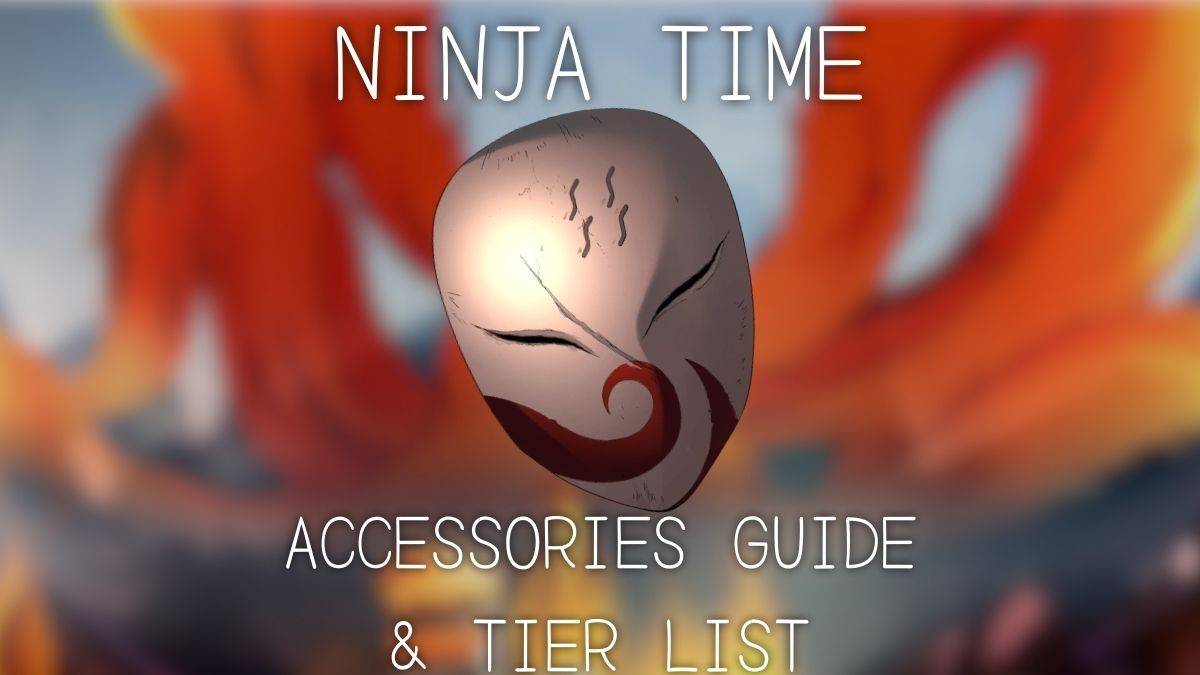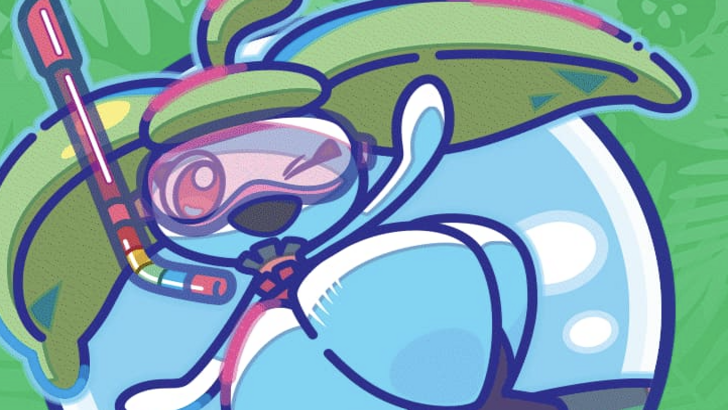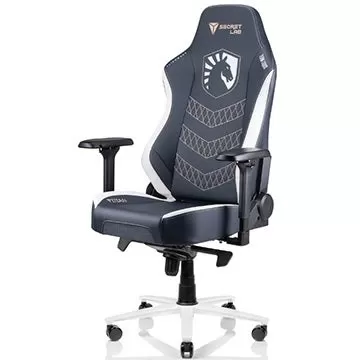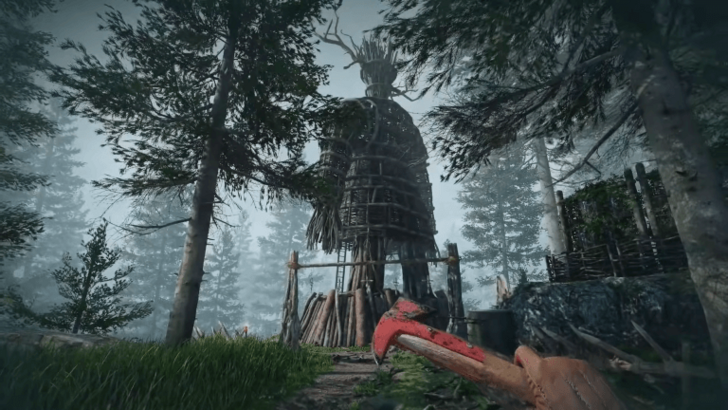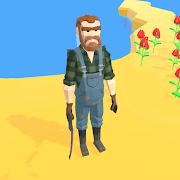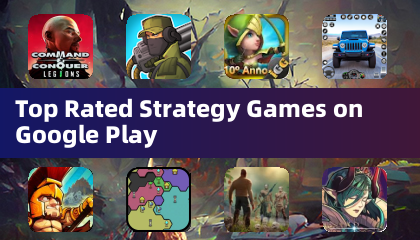Thanks to a renewed focus on the core concepts that the series was originally built upon, Assassin’s Creed Shadows delivers the most satisfying experience the franchise has seen in years. The game's parkour system, reminiscent of the fluidity seen in Unity, allows you to seamlessly transition from the ground to castle rooftops. The addition of a grappling hook further enhances your ability to reach strategic vantage points swiftly. Perched on a tightrope high above your enemies, you're just a drop away from executing the perfect kill—as long as you're playing as Naoe, the game's agile shinobi protagonist. However, switch to Yasuke, the second protagonist, and you're in for a completely different gameplay experience.
Yasuke is slow, clumsy, and unable to perform silent kills. His climbing abilities are so limited that they feel more like a grandpa's struggle than an assassin's prowess. This design choice by Ubisoft is both baffling and fascinating, as playing as Yasuke feels like stepping away from the traditional Assassin’s Creed experience.
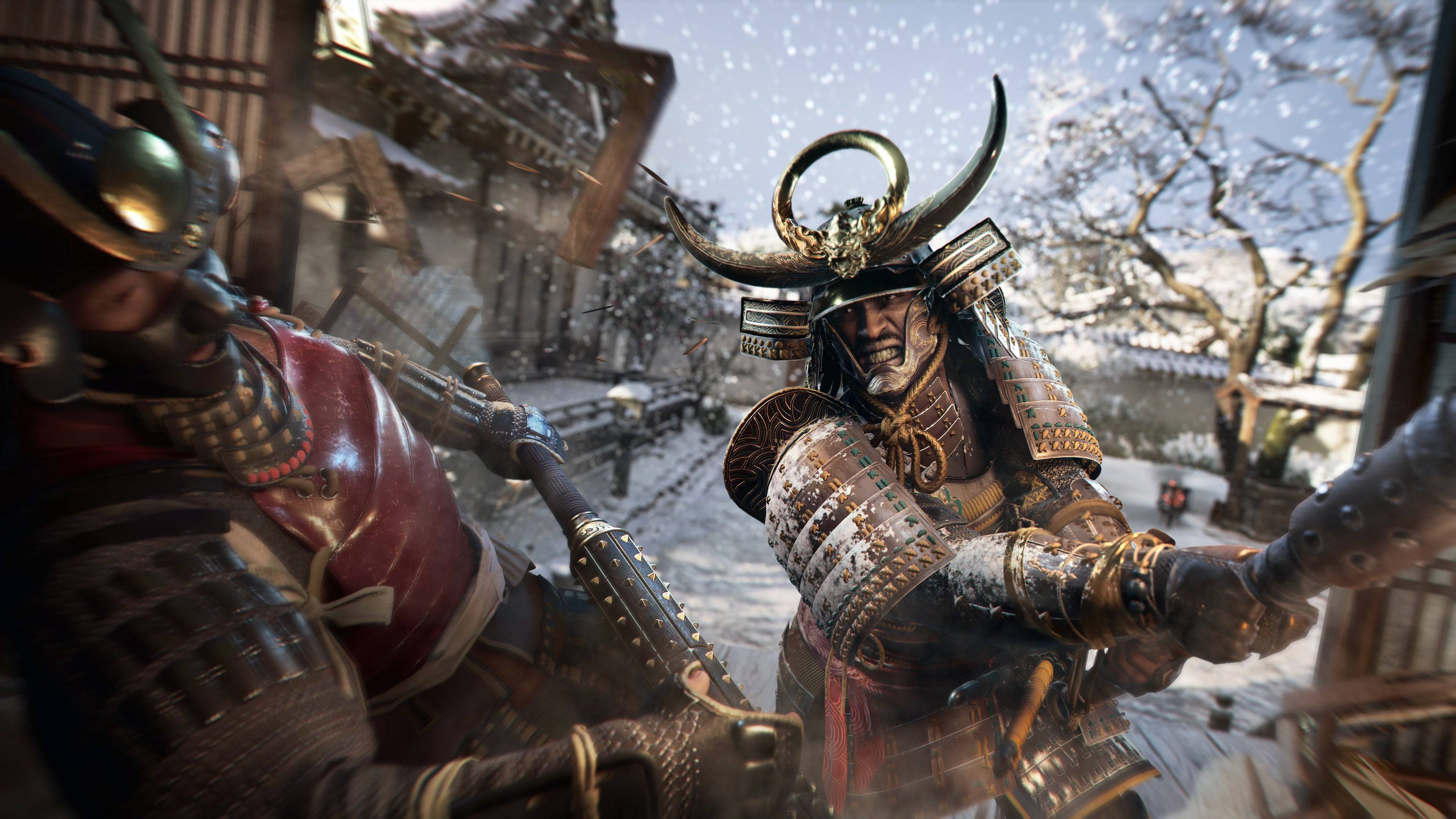
Initially, the stark contrast between Yasuke’s capabilities and the series' core philosophy was frustrating. What's the point of an Assassin’s Creed protagonist who can barely climb and can't perform silent takedowns? Yet, the more I played as him, the more I appreciated the unique perspective he brings to the game. Yasuke's design, while undeniably flawed, addresses some of the issues the series has faced in recent years.
You don't get to play as Yasuke until several hours into the campaign, after spending your initial time mastering Naoe's swift and stealthy moves. Transitioning to Yasuke after becoming accustomed to Naoe's agility is jarring. This towering samurai is too large and noisy to sneak through enemy camps effectively and struggles to climb anything higher than his own head. His inability to find handholds on rooftops and his slow, precarious movement introduce a level of friction that makes scaling environments feel like a chore.
While this doesn't force Yasuke to stay at ground level, it certainly encourages it, limiting his access to high vantage points and making it difficult to map out threats and plan accordingly. Unlike Naoe, who can rely on Eagle Vision, Yasuke has no such advantage. Choosing to play as him means sacrificing almost everything except raw strength.
Assassin's Creed has always been about stealthy kills and vertical exploration, concepts that Yasuke directly opposes. Playing as him feels more akin to Ghost of Tsushima than Assassin’s Creed, especially given his lack of stealth training and reliance on samurai sword skills. Yasuke's gameplay is centered around fierce combat, a feature that Tsushima is celebrated for and Assassin’s Creed often criticized for.
Playing as Yasuke challenges you to rethink how to approach Assassin’s Creed. Historically, the series has allowed players to climb anywhere effortlessly, but Yasuke's limitations introduce a new challenge. Careful observation of the environment reveals hidden pathways designed specifically for him, such as leaning tree trunks or open windows, which add an interesting layer of puzzle-solving to the game.
However, these pathways only lead Yasuke to where he needs to go, limiting his freedom for general exploration and making it difficult to gain the high ground to observe enemy patrols. His only stealth ability, the "Brutal Assassination," is more of an opening move for combat than a true stealth kill. Yet, when combat does break out, Shadows offers the best swordplay the series has seen in over a decade, with purposeful strikes and a variety of techniques that make for a thrilling experience.

The separation of combat and stealth into two distinct characters helps maintain a balance that previous games like Origins, Odyssey, and Valhalla struggled with. Naoe's fragility means she can't engage in prolonged combat, forcing players to rely on stealth and repositioning. Meanwhile, Yasuke's strength allows for a more direct approach, making him a compelling choice for those seeking intense combat.
Despite the strong intention behind Yasuke's design, it's challenging to reconcile his role within the Assassin’s Creed universe. The series is built on stealth and vertical exploration, elements that Yasuke directly opposes. While characters like Bayek and Eivor ventured into action territory, they still retained the fundamental abilities of an Assassin’s Creed protagonist. Yasuke, as a samurai, is thematically appropriate in his lack of stealth and climbing skills, but this means you can't play the game in the traditional Assassin’s Creed style when controlling him.
The real challenge for Yasuke is his counterpart, Naoe. Mechanically, she is the best Assassin’s Creed protagonist in years, with a stealth toolkit perfectly complemented by the vertical architecture of Sengoku Period Japan. Naoe embodies the promise of Assassin’s Creed: becoming a highly mobile silent killer. Even her combat benefits from the same enhancements as Yasuke's, though she can't endure as long in battle.
AnswerSee ResultsNaoe also benefits from the design changes that shape Yasuke. While she can climb almost anywhere, the series' "stick to every surface" approach has been replaced with something more realistic, requiring players to assess routes and find anchor points for the grappling hook. This, combined with her ability to leap further and climb faster, transforms the open world into an Assassin’s Creed sandbox. Her combat, while as impactful as Yasuke's, is more about strategic engagement and retreat.
Ubisoft's intent to offer two distinct playstyles with Yasuke and Naoe is admirable, yet it creates a double-edged sword. Yasuke's unique approach provides a compelling contrast to the traditional Assassin’s Creed experience, but it also directly opposes the series' foundational ideas. While I'll always return to Yasuke for the thrill of his combat, it's through Naoe that I'll truly explore Shadows' world. Because when I play as Naoe, I feel like I'm playing Assassin’s Creed.

